
Audio Components Description here
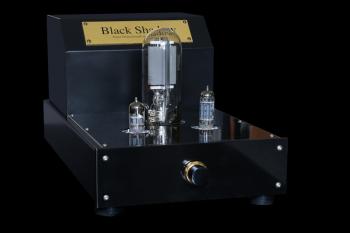
An audio power amplifier is an electronic component that amplifies low-power audio signals (signals composed primarily of frequencies between 20 - 20 000 Hz, the human range of hearing) to a level suitable for driving loudspeakers and is the final stage in a traditional audio playback setup.
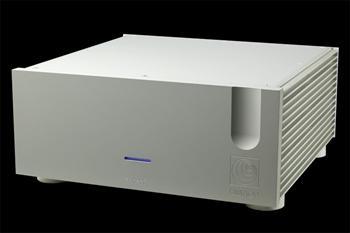
The phono preamp is responsible for amplifying the delicate analog signals that we audiophiles cherish and carry them to the higher levels of amplification with as little noise and coloration as possible.
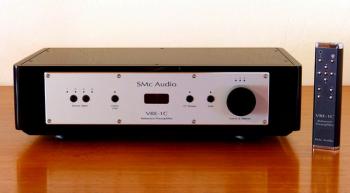
A preamp, also called a control amp, is an important part of any high end audio system. A preamp serves three functions. First, it acts as an impedance buffer between the source components and the amplifier. Second, it serves as an adjustable gain (volume) control. Third, it acts as a switch, allowing the user to switch between various components via its inputs.
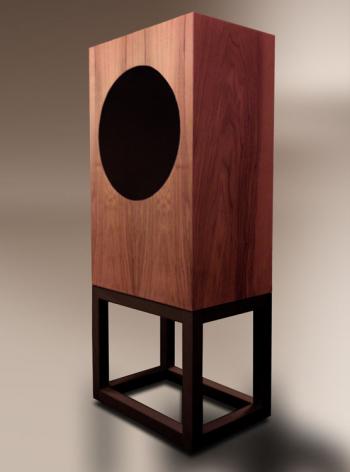
Speakers are the heart of the audio system and when matched properly with the proper supporting equipment and sources they convey the emotion and the accuracy of the recording.
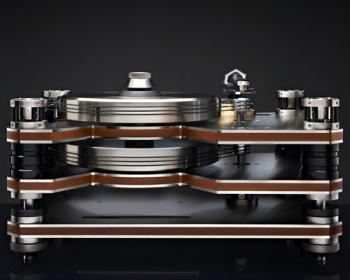
The Audio Turntable has been around since 1877 and has also been known as a phonograph and a record player. The term Hi-Fidelity was first termed after the popularity of the turntable grew to be a favorite source for music playback of recorded analog music among audiophiles. There was a drop in its popularity in the mid 80s with the introduction of the compact disc but there has been a huge resurgence and new models have been developed with improvements in all aspects of the original designs.
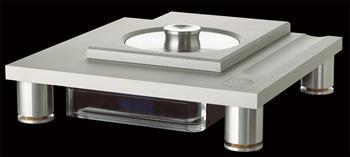
A CD player is an electronic device that plays audio compact discs. Modern units can play other formats in addition to PCM audio coding used in CDs.
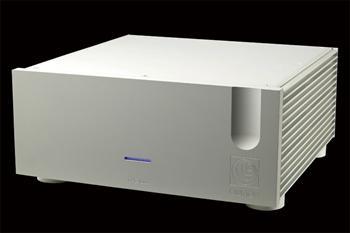
DACs are commonly used in music players to convert digital data streams into analogue audio signals. The are digital to analog converters, and there are several DAC architectures; and there have been several phases of evolution in their design as digital recording has contiunued to increase its resolution.
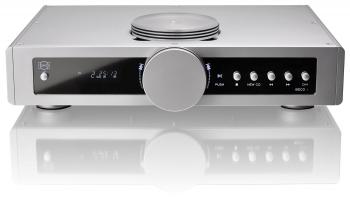
A CD transport is responsible for reading the transcribed audio information on the compact disc with a special laser and that is transferred back to a sophisticated series of electronics and that digital signal is converted into an analog signal for playback. Transports are often CD players but can also be a primary drive.
The Audio Turntable has been around since 1877 and has also been known as a phonograph and a record player. The term Hi-Fidelity was first termed after the popularity of the turntable grew to be a favorite source for music playback of recorded analog music among audiophiles. There was a drop in its popularity in the mid 80s with the introduction of the compact disc but there has been a huge resurgence and new models have been developed with improvements in all aspects of the original designs.
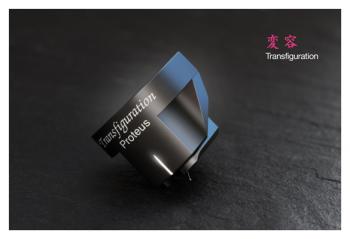
There are two common designs for magnetic cartridges, moving magnet (MM) and moving coil (MC). Both operate on the same principle of electromagnetic induction. In either type, the stylus itself, usually made of diamond, is mounted on a tiny metal strut called a cantilever, which is suspended using a collar of highly compliant material. This gives the stylus the freedom to move in any direction. On the other end of the cantilever is mounted a tiny permanent magnet (moving magnet type) or a set of tiny wound coils (moving coil type). The magnet is close to a set of fixed pick-up coils, or the moving coils are held within a magnetic field generated by fixed permanent magnets. The movement of the stylus as it tracks the grooves of a record causes a fluctuating magnetic field which causes a small electrical current to be induced in the coils. This current closely follows the sound waveform cut into the record.
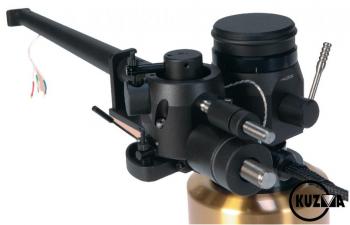
The tonearm holds the pickup cartridge over the groove, the stylus tracking the groove with the desired force to give the optimal compromise between good tracking and minimizing wear of the stylus and record groove. The tonearm can be pivoted in several ways allowing it to be free to move in two axes (vertical and horizontal) with a counterbalance to maintain tracking pressure. It must do this while keeping vibrations at a minimum.
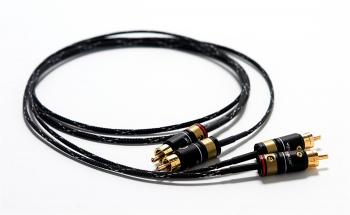
Audio cables are the conduits that transfer the signals needed to for the presentation of the recorded event. The three most prominent type involve the transfer of power, digital and analog signals.
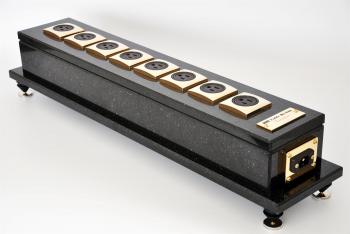
Improving the incoming power and helping provide a clean source is what these products are about.
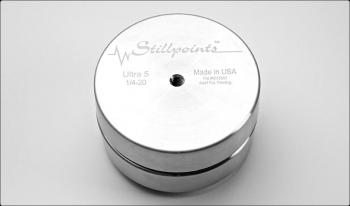
Control of vibrations in the listening room has been found to be essential for the accurate portrayal of recorded music and a prerequisite to get the best performance out of your system. There are a number of products that are on market to accomplish this and combinations are sometimes required.